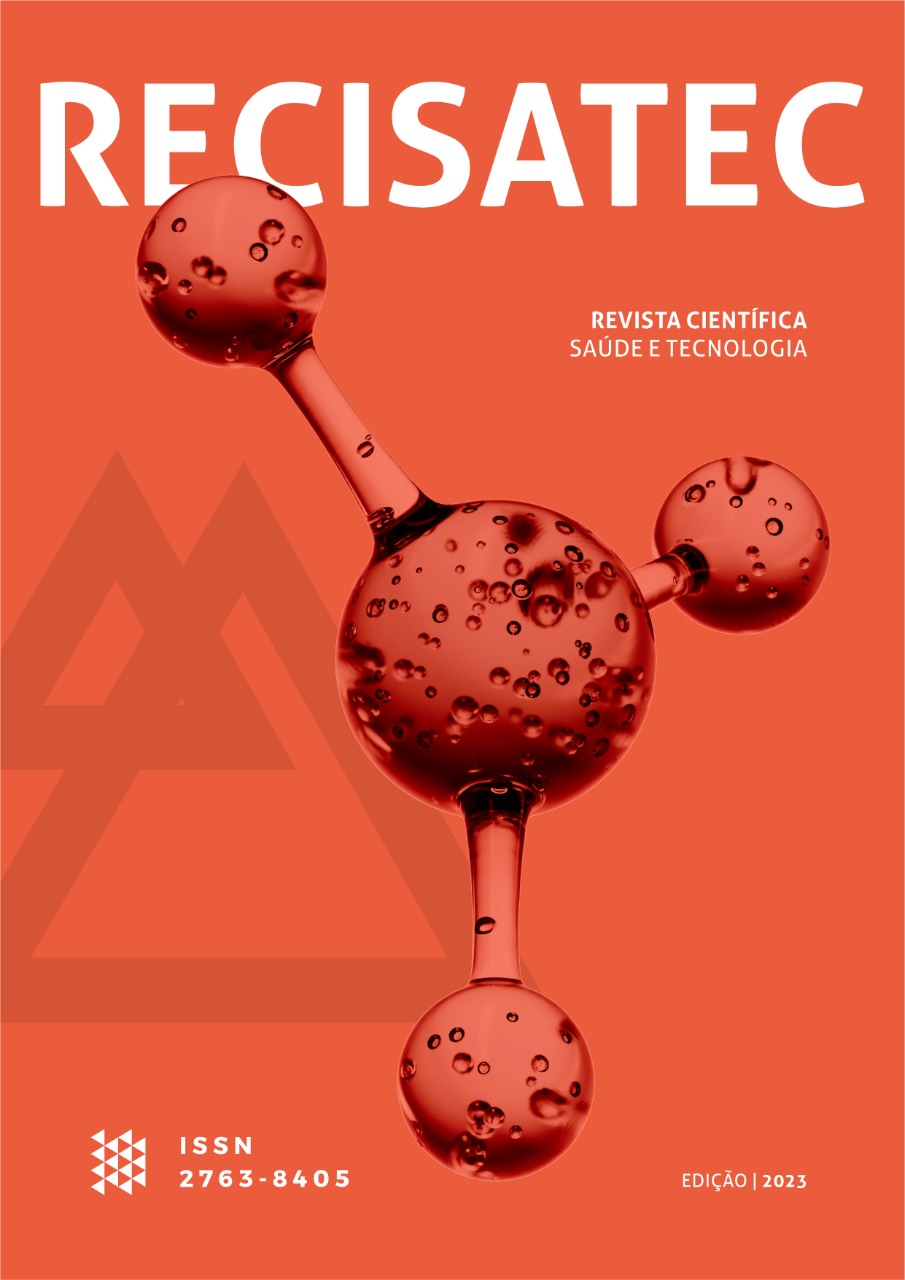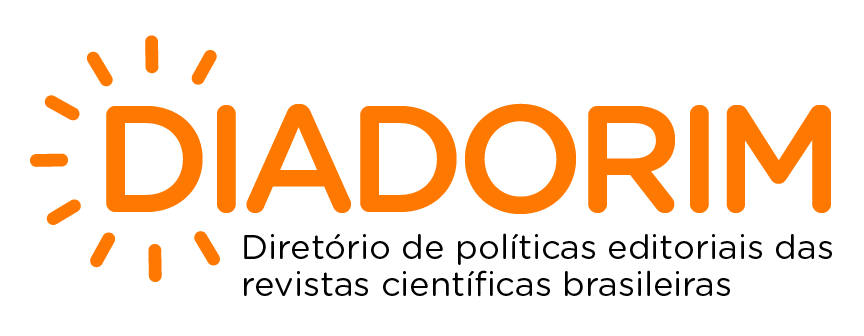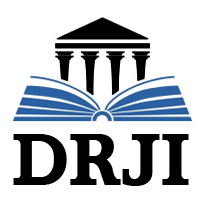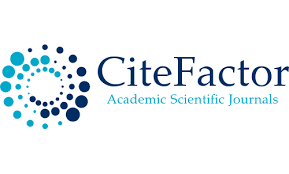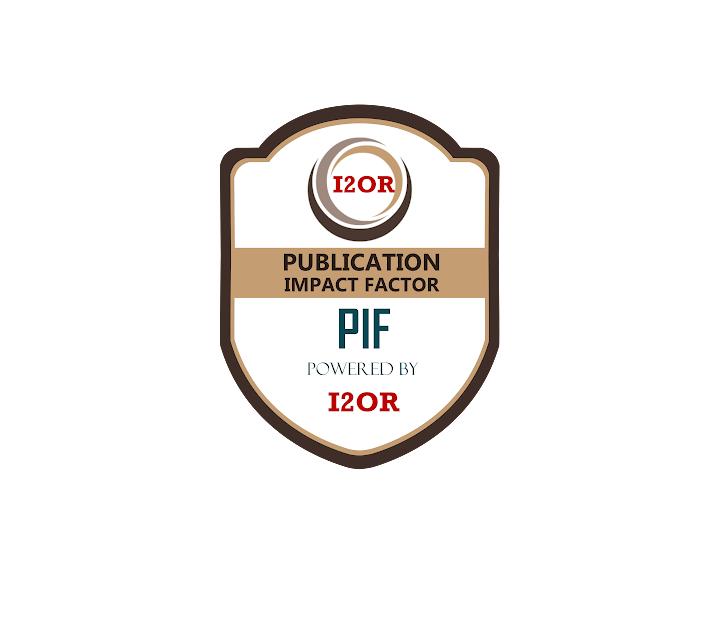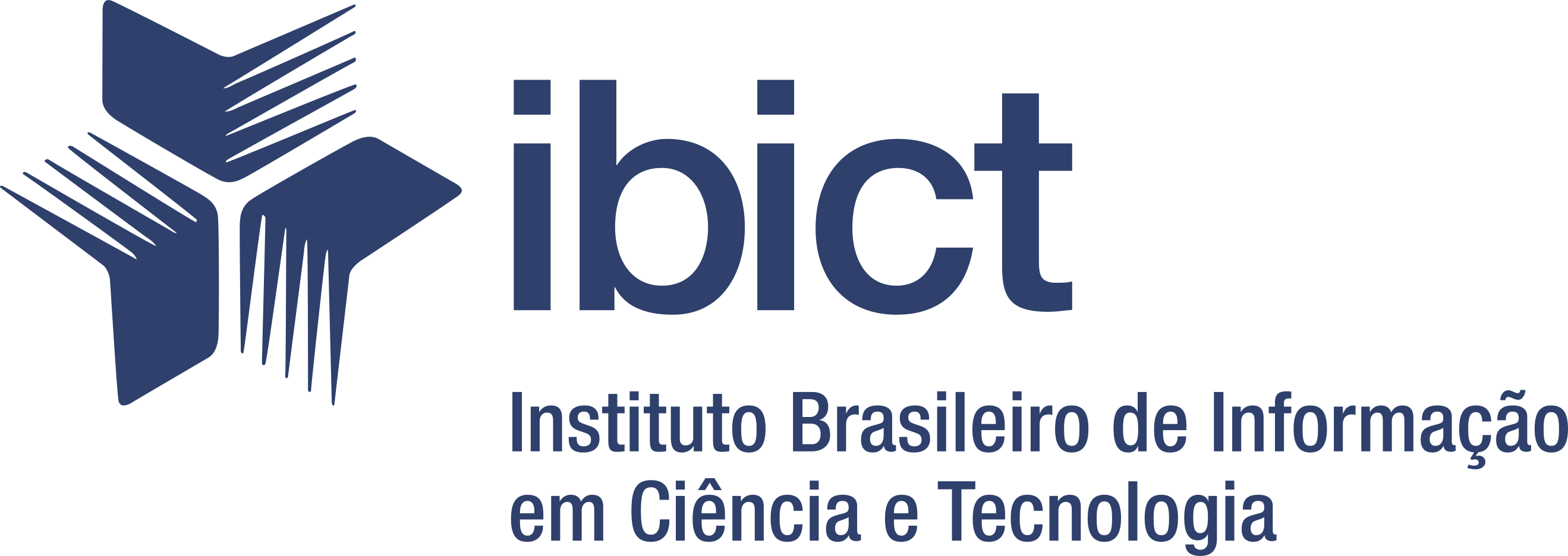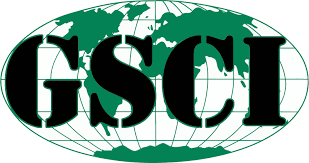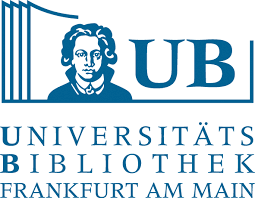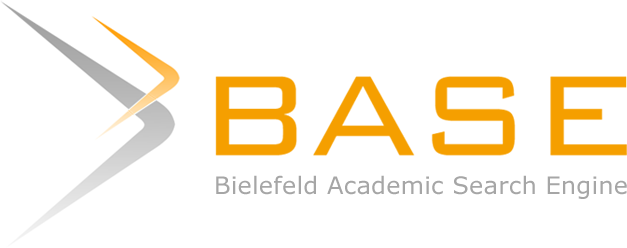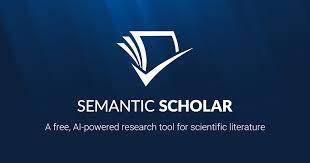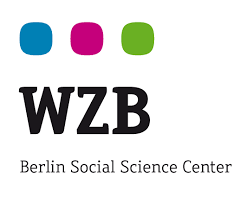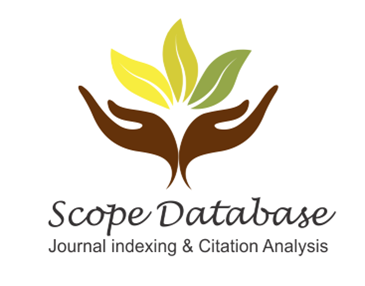A NECESSIDADE DA MULTIDISCIPLINARIDADE NO TRATAMENTO DO RESPIRADOR BUCAL
DOI:
https://doi.org/10.53612/recisatec.v3i6.286Palavras-chave:
Equipe multidisciplinar, Respirador bucal, TratamentoResumo
O respirador bucal (RB) é um distúrbio patológico caracterizado por vários graus de bloqueio das vias aéreas superiores, podendo afetar o desenvolvimento orofacial, a fala, a nutrição e a postura corporal. O objetivo deste artigo foi o de revisar a literatura quanto à importância da intervenção multidisciplinar no tratamento do respirador bucal. A metodologia utilizada foi o da revisão descritiva de literatura, por meio de consultas a materiais já publicados (2010-2022) e disponibilizados nas bases de dados da PubMed, Scielo EMBASE. Os achados do estudo sugerem que o respirador bucal resulte em prejuízos de ordens diversas: deformidades ósseas faciais, alterações cardiorrespiratórias, imunológicas, comportamentais, cognitivas e de socialização. Em virtude disso, é ressaltada a necessidade de acompanhamento destes pacientes por meio de abordagem multidisciplinar, a fim de prevenir os efeitos negativos e melhorar o desenvolvimento global dos indivíduos, consequentemente, otimizando a qualidade de vida.
Downloads
Referências
Hitos SF, et al. Oral breathing and speech disorders in children. J Pediatr. 2013;89:361–5.
Ribeiro GCA, et al. The influence of breathing mode on the learning process: A systematic review of the literature. Braz J Otorhinolaryngol. 2016;82:466–78. DOI: https://doi.org/10.1016/j.bjorl.2015.08.026
Alhazmi WA. Mouth Breathing and Speech Disorders: A Multidisciplinary Evaluation Based on The Etiology. J Pharm Bioallied Sci. 2022 Jul;14(Suppl 1):S911-S916. DOI: https://doi.org/10.4103/jpbs.jpbs_235_22
Marques OS, TDAH Ou Síndrome do Respirador Bucal? Constr. psicopedag. v.27 n.28 São Paulo 2019.
Hitos, S.F., et al. Oral breathing and speech disorders in children. J Pediatr. 2013, 89:361–5. DOI: https://doi.org/10.1016/j.jped.2012.12.007
Lin L., et al. The impact of mouth breathing on dentofacial development: A concise review. Front Public Health. 2022, 8(10):929165. DOI: https://doi.org/10.3389/fpubh.2022.929165
Milanesi JM., et al. Variables associated with mouth breathing diagnosis in children based on a multidisciplinary assessment. Codas. 2018(30):e20170071. DOI: https://doi.org/10.1590/2317-1782/20182017071
Pereira TC, Furlan RMMM, Motta AR. Relationship between mouth breathing etiology and maximum tongue pressure. Codas. 2019, 31(2):e20180099–e20180099. DOI: https://doi.org/10.1590/2317-1782/20182018099
Zhao, Z., et al.. Effects of mouth breathing on facial skeletal development in children: a systematic review and meta-analysis. BMC Oral Health. 2021, 21(1):108-120.
Bommangoudar JS, et al. Pedodontist's role in managing speech impairments due to structural imperfections and oral habits: A literature review. Int J Clin Pediatr Dent. 2020;13:85–90. DOI: https://doi.org/10.5005/jp-journals-10005-1745
Grippaudo C., et al. Association between oral habits, mouth breathing and malocclusion. Acta Otorhinolaryngol Ital. 2016, 36(5):386-394. DOI: https://doi.org/10.14639/0392-100X-770
Ianni Filho D, et al. Contribuição multidisciplinar no diagnóstico e no tratamento das obstruções da nasofaringe e da respiração bucal. R Clin Ortodon Dental Press, Maringá, 2006, 4(6).
Cunha TMA, Mendes CMC. Implicações sistêmicas e conduta clínica da síndrome do respirador bucal: revisão da literatura. Revista De Ciências Médicas E Biológicas, 2014, 13(3)388–392.
Swain SK, Sahu MC, Jena A. Congenital choanal atresia: Our experiences in a tertiary care teaching hospital in eastern India. Pediatr Pol. 2018, 93:57–61, 2018. DOI: https://doi.org/10.5114/polp.2018.74763
Harari D, et al. The effect of mouth breathing versus nasal breathing on dentofacial and craniofacial development in orthodontic patients. Laryngoscope. 2010;120:2089–2093. DOI: https://doi.org/10.1002/lary.20991
Galeotti A, et al.. Prevalence of malocclusion in children with obstructive sleep apnoea. Orthod Craniofac Res. 2018 (21):242–7. DOI: https://doi.org/10.1111/ocr.12242
Agostinho HA, et al. Cephalometric evaluation of children with allergic rhinitis and mouth breathing. Acta Med Port. 2015;28:316–21. DOI: https://doi.org/10.20344/amp.5556
Frasson JM, et al. Comparative cephalometric study between nasal and predominantly mouth breathers. Braz J Otorhinolaryngol. 2015;72:72–81. DOI: https://doi.org/10.1016/S1808-8694(15)30037-9
Burzlaff JB. Odontologia miofuncional: o caminho da integralidade. Porto Alegre, RS: Angela D’Ornelas Ponsi/Conto: 2021.
Oliveira C, Pimenta EO. Síndrome da respiração bucal: causas e características gerais. 2022. Universidade de Taubaté, 2022.
El Aouame A, Daoui A, El Quars F. Nasal breathing and the vertical dimension: a cephalometric study. Int Orthod. 2016 (14):491–502. DOI: https://doi.org/10.1016/j.ortho.2016.10.009
Chambi-Rocha A., et al. Breathing mode influence on craniofacial development and head posture. J Pediatr. 2018 (2):123–130. DOI: https://doi.org/10.1016/j.jped.2017.05.007
Chung Leng Munoz I., Beltri Orta P. Comparison of cephalometric patterns in mouth breathing and nose breathing children. Int J Pediatr Otorhinolaryngol. 2014,78(7):1167–1172. DOI: https://doi.org/10.1016/j.ijporl.2014.04.046
Zheng W, et al. Facial morphological characteristics of mouth breathers vs. nasal breathers: A systematic review and meta-analysis of lateral cephalometric data. Exp Ther Med. 2020 Jun;19(6):3738-3750. DOI: https://doi.org/10.3892/etm.2020.8611
Tamkin J. Impact of Airway Dysfunction on Dental Health. Bioinformation. 2020;16:26–29. DOI: https://doi.org/10.6026/97320630016026
Jung JY, Kang CK. Investigation on the Effect of Oral Breathing on Cognitive Activity Using Functional Brain Imaging. Healthcare (Basel). 2021 May 29;9(6):645. DOI: https://doi.org/10.3390/healthcare9060645
Kang J.M., et al. Comparison of Psychiatric Symptoms in Patients with Obstructive Sleep Apnea, Simple Snoring, and Normal Controls. Psychosom. Med. 2018;80:193–199. DOI: https://doi.org/10.1097/PSY.0000000000000541
Lee K.-J., et al. Signals during Mouth Breathing in a Working Memory Task. Int. J. Neurosci. 2020;130:425–434. DOI: https://doi.org/10.1080/00207454.2019.1667787
Tsubamoto-Sano N., et al. Influences of Mouth Breathing on Memory and Learning Ability in Growing Rats. J. Oral Sci. 2019;61:119–124. DOI: https://doi.org/10.2334/josnusd.18-0006
Arshamian A., et al. Respiration Modulates Olfactory Memory Consolidation in Humans. J. Neurosci. 2018;38:10286–10294. DOI: https://doi.org/10.1523/JNEUROSCI.3360-17.2018
Sano M., et al. Increased Oxygen Load in the Prefrontal Cortex from Mouth Breathing: A Vector-Based near-Infrared Spectroscopy Study. NeuroReport. 2013;24:935–940. DOI: https://doi.org/10.1097/WNR.0000000000000008
Habumugisha J, et al. A non-randomized concurrent controlled trial of myofunctional treatment in the mixed dentition children with functional mouth breathing assessed by cephalometric radiographs and study models. BMC Pediatr. 2022 Aug 25;22(1):506. DOI: https://doi.org/10.1186/s12887-022-03559-w
Zhao Z, et al. Effects of mouth breathing on facial skeletal development in children: a systematic review and meta-analysis. BMC Oral Health. 2021 Mar 10;21(1):108. DOI: https://doi.org/10.1186/s12903-021-01458-7
Araújo BCL, et al. Association Between Mouth Breathing and Asthma: a Systematic Review and Meta-analysis. Curr Allergy Asthma Rep. 2020 May 19;20(7):24. DOI: https://doi.org/10.1007/s11882-020-00921-9
Lima ACD, et al. Sensory changes in mouth breathers: systematic review based on the prisma method. Rev Paul Pediatr. 2019 Jan-Mar;37(1):97-103. DOI: https://doi.org/10.1590/1984-0462/;2019;37;1;00012
França NBM, et al. Benefits of physical therapy in the quality of life of mouth breathing children: Literature review. BJHBS 2019, 18(1):55-64 DOI: https://doi.org/10.12957/bjhbs.2019.53477
Fraga WS, et al. Mouth breathing in children and its impact in dental malocclusion: a systematic review of observational studies. Minerva Stomatol. 2018 Jun;67(3):129-138. DOI: https://doi.org/10.23736/S0026-4970.18.04015-3
da Cunha T de M A., Mendes CMC. Implicações sistêmicas e conduta clínica da síndrome do respirador bucal: revisão da literatura. Revista De Ciências Médicas E Biológicas, 2014,13(3), 388–392. DOI: https://doi.org/10.9771/cmbio.v13i3.12953
Kajihara OT, Nishimura CM. Respiração oral: um fator que pode prejudicar a aprendizagem da matemática. Periódico do Programa de Pós-Graduação em Educação da UCDB 2012 (33): 101-118.
Junqueira P, et al. Speech-language pathology findings in patients with mouth breathing: multidisciplinary diagnosis according to etiology. Int J Orofacial Myology. 2010 Nov;36:27-32. DOI: https://doi.org/10.52010/ijom.2010.36.1.3
Downloads
Publicado
Como Citar
Edição
Seção
Categorias
Licença
Copyright (c) 2023 RECISATEC - REVISTA CIENTÍFICA SAÚDE E TECNOLOGIA - ISSN 2763-8405

Este trabalho está licenciado sob uma licença Creative Commons Attribution 4.0 International License.
Os direitos autorais dos artigos/resenhas/TCCs publicados pertecem à revista RECISATEC, e seguem o padrão Creative Commons (CC BY 4.0), permitindo a cópia ou reprodução, desde que cite a fonte e respeite os direitos dos autores e contenham menção aos mesmos nos créditos. Toda e qualquer obra publicada na revista, seu conteúdo é de responsabilidade dos autores, cabendo a RECISATEC apenas ser o veículo de divulgação, seguindo os padrões nacionais e internacionais de publicação.

